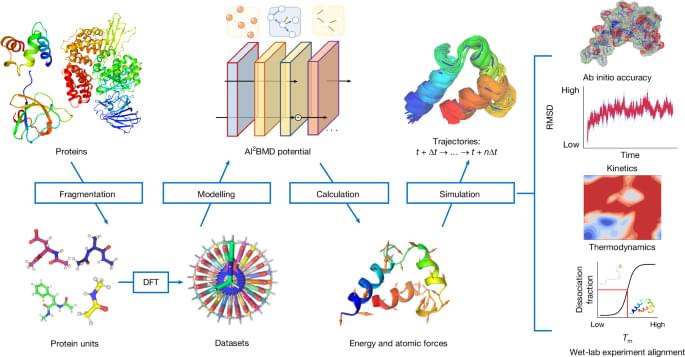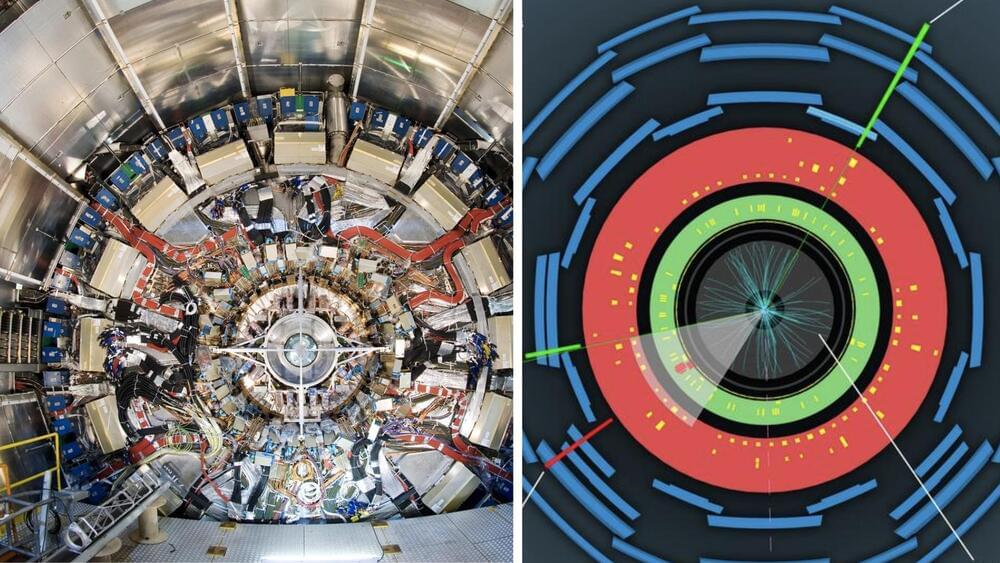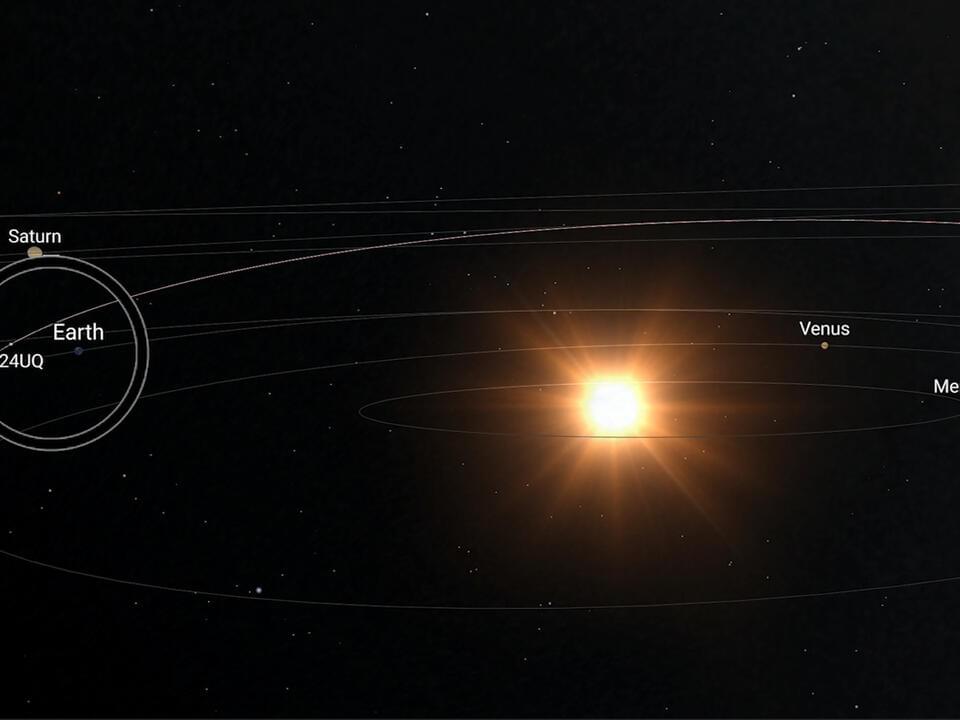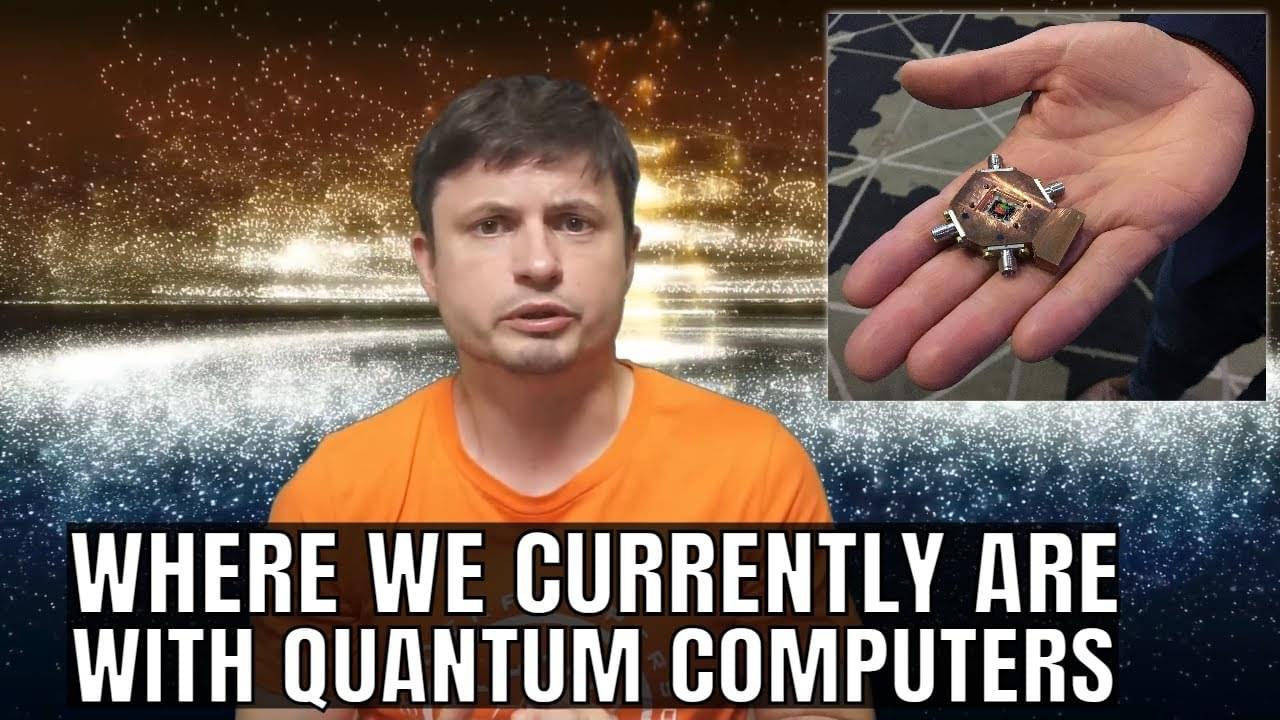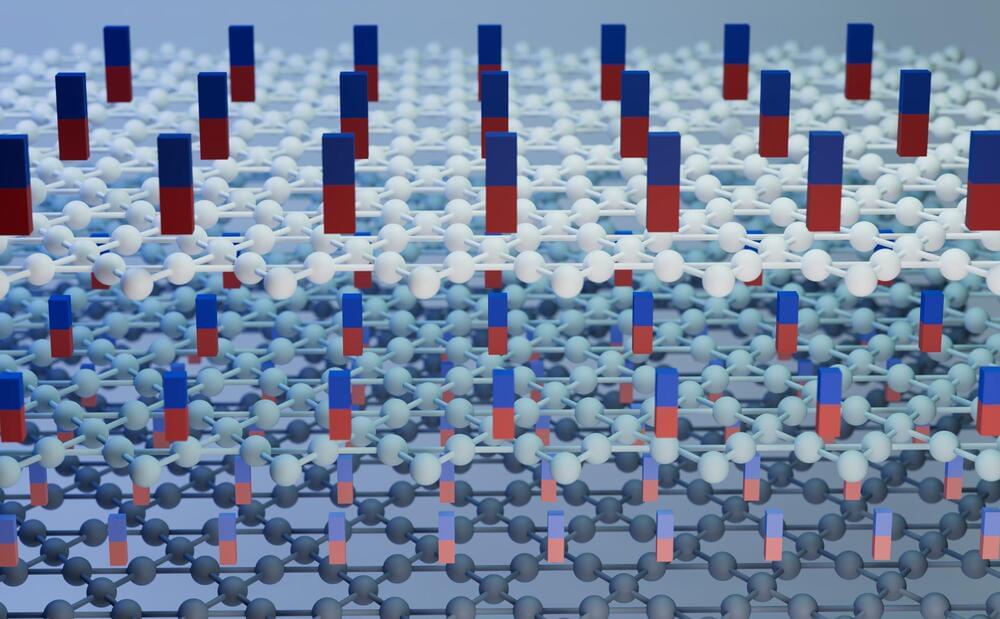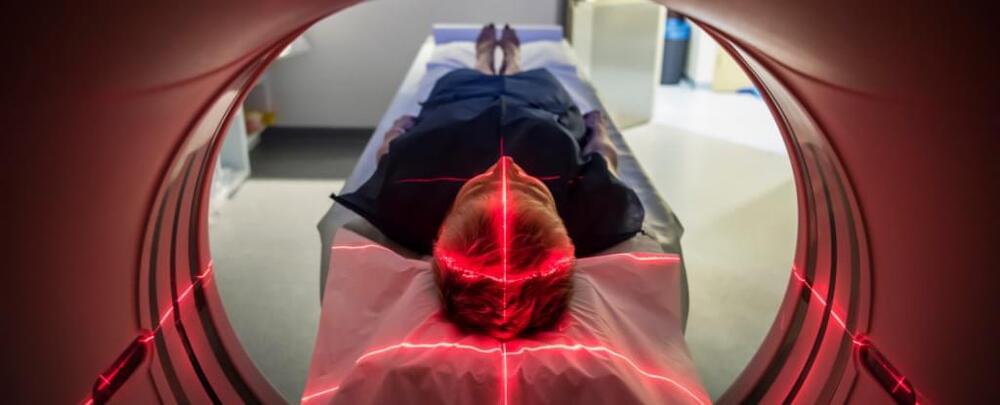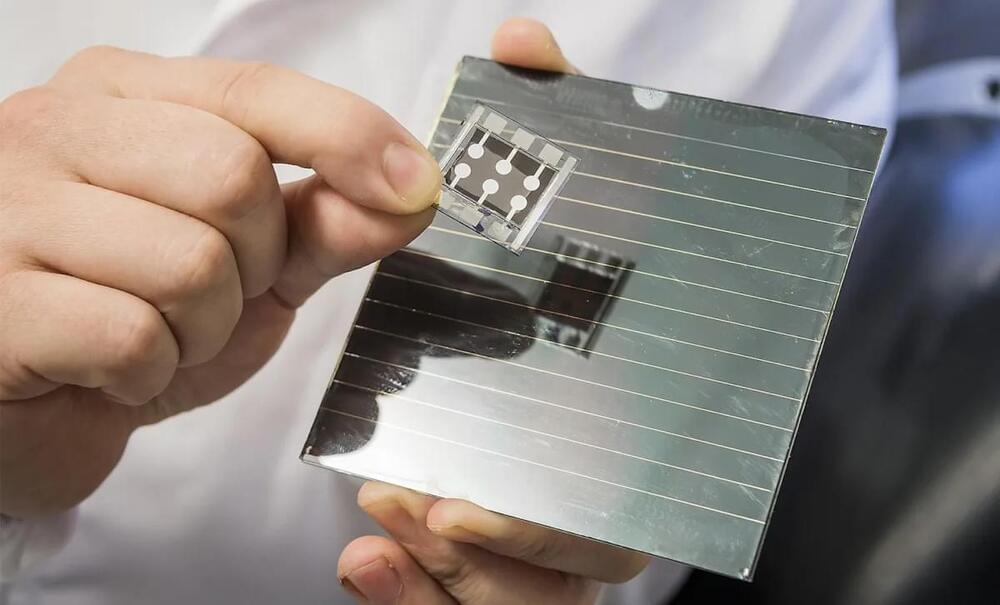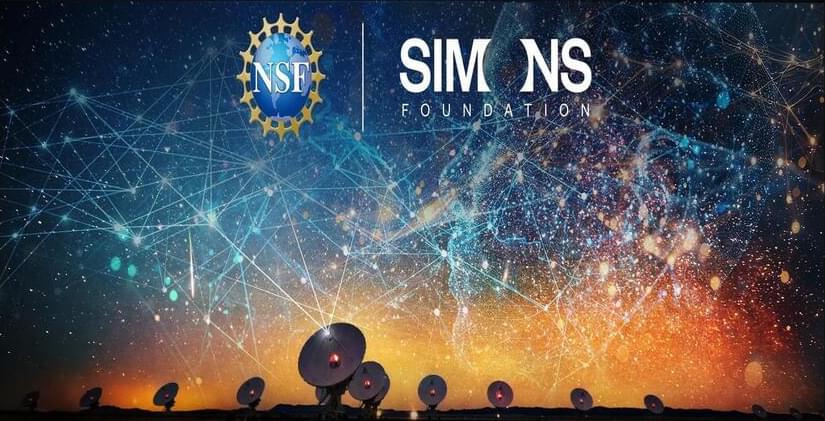A study introduces AI2BMD, an artificial intelligence-based dynamics simulation program that uses protein fragmentation with a machine learning force field to accurately and efficiently model the folding and unfolding of large proteins.
Scientists claim that experimental studies of Higgs boson interactions face a fundamental challenge.
Scientists believe that interactions between Higgs bosons could unlock insights into new physics. Discovered at CERN’s Large Hadron Collider (LHC) in 2012, the elusive Higgs boson particle has been at the centre stage for exploring new possibilities in particle physics.
Scientists claimed that the production of Higgs boson pairs can occur within the Standard Model itself. It is such a rare process here that it has not been possible to observe it in the data collected so far.
A small asteroid burned up in Earth’s atmosphere off the coast of California just hours after being discovered and before impact monitoring systems had registered its trajectory.
Rapid advances in applying artificial intelligence to simulations in physics and chemistry have some people questioning whether we will even need quantum computers at all.
Get a Wonderful Person Tee: https://teespring.com/stores/whatdamath.
More cool designs are on Amazon: https://amzn.to/3QFIrFX
Alternatively, PayPal donations can be sent here: http://paypal.me/whatdamath.
Hello and welcome! My name is Anton and in this video, we will talk about recent discoveries about quantum computers.
Links:
https://journals.aps.org/prapplied/abstract/10.1103/PhysRevApplied.22.034003
http://cjc.ict.ac.cn/online/onlinepaper/wc-202458160402.pdf.
https://arxiv.org/pdf/2307.03236
https://www.science.org/doi/10.1126/sciadv.adn8907
https://qiskit.github.io/qiskit-aer/stubs/qiskit_aer.QasmSimulator.html.
https://arxiv.org/abs/2302.00936
Previous videos:
https://youtu.be/Jl7RLrA69pg.
https://youtu.be/dPqNZ4aya8s.
#quantum #quantumcomputing #quantumcomputer.
0:00 Quantum Doom.
2:15 Recent quantum claims by Google and IBM
3:30 Why it’s so hard and what issues have to be solved.
4:50 No real world application?
6:30 Potential use: quantum internet.
8:00 Optical quantum computer that does something different.
9:50 Cracking encryption.
11:15 Conclusions and what’s next?
Support this channel on Patreon to help me make this a full time job:
Researchers at Paul Scherrer Institute (PSI), using muon spin rotation at the Swiss Muon Source (SmS), have discovered that a quantum phenomenon called time-reversal symmetry breaking takes place at the surface of the Kagome superconductor RbV₃Sb₅, occurring at temperatures up to 175 K.
This sets a new record for the temperature at which time-reversal symmetry breaking is observed among Kagome systems.
Deep sleep could be key to forestalling slow declines in brain health that may one day lead to Alzheimer’s disease, the most common form of dementia.
In their 2023 study of 62 older, cognitively healthy adults, researchers from the University of California (UC) Berkeley, Stanford University, and UC Irvine in the US found individuals with brain changes associated with Alzheimer’s performed better on memory function tests as they got more deep sleep.
This was irrespective of education and physical activity, two factors along with social connection known to contribute to cognitive resilience in older age.
“The first involved integrating the hole-selective materials and the perovskite layers, to simplify the manufacturing process. The second involved replacing traditional organic materials, such as fullerene and bathocuproine, with tin oxide, an inorganic electron transport layer, in a process known as the atomic layer deposition method,” per PV’s description.
Labspeak aside, the big takeaway is that the changes resulted in a 25% efficiency, meaning the cells can turn a quarter of the sunlight hitting them into energy. What’s more, they maintained 95% of their efficiency after 2,000 hours of operation, per the report.
“The device structure reported in this study represents the most simplified architecture in the current field of perovskite solar cells, offering significant advantages for industrialization,” study co-author Gao Danpeng said in the story.
Part of a groundbreaking effort to harness artificial intelligence (AI) to unlock the mysteries of the cosmos, the U.S. Department of Energy’s (DOE) Argonne National Laboratory is a key collaborator in the newly launched NSF-Simons AI Institute for the Sky (SkAI, pronounced “sky”), led by Northwestern University.
Jointly funded by a $20 million grant from the U.S. National Science Foundation (NSF) and the Simons Foundation, SkAI aims to revolutionize how researchers explore the universe by developing innovative AI technologies capable of handling the vast data generated by astronomical surveys.
I am sharing a link with six of the most notable articles/videos published on the “El Radar del Rejuvenecimiento” website during the month of October
Posted in futurism | Leave a Comment on I am sharing a link with six of the most notable articles/videos published on the “El Radar del Rejuvenecimiento” website during the month of October
